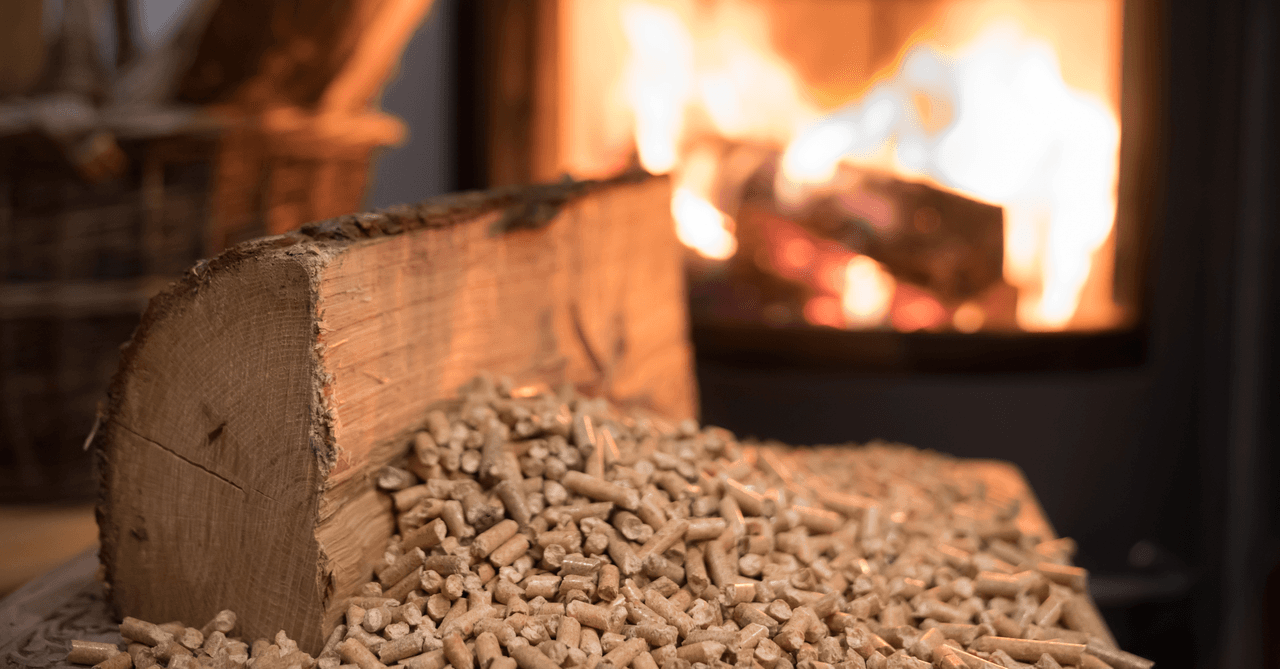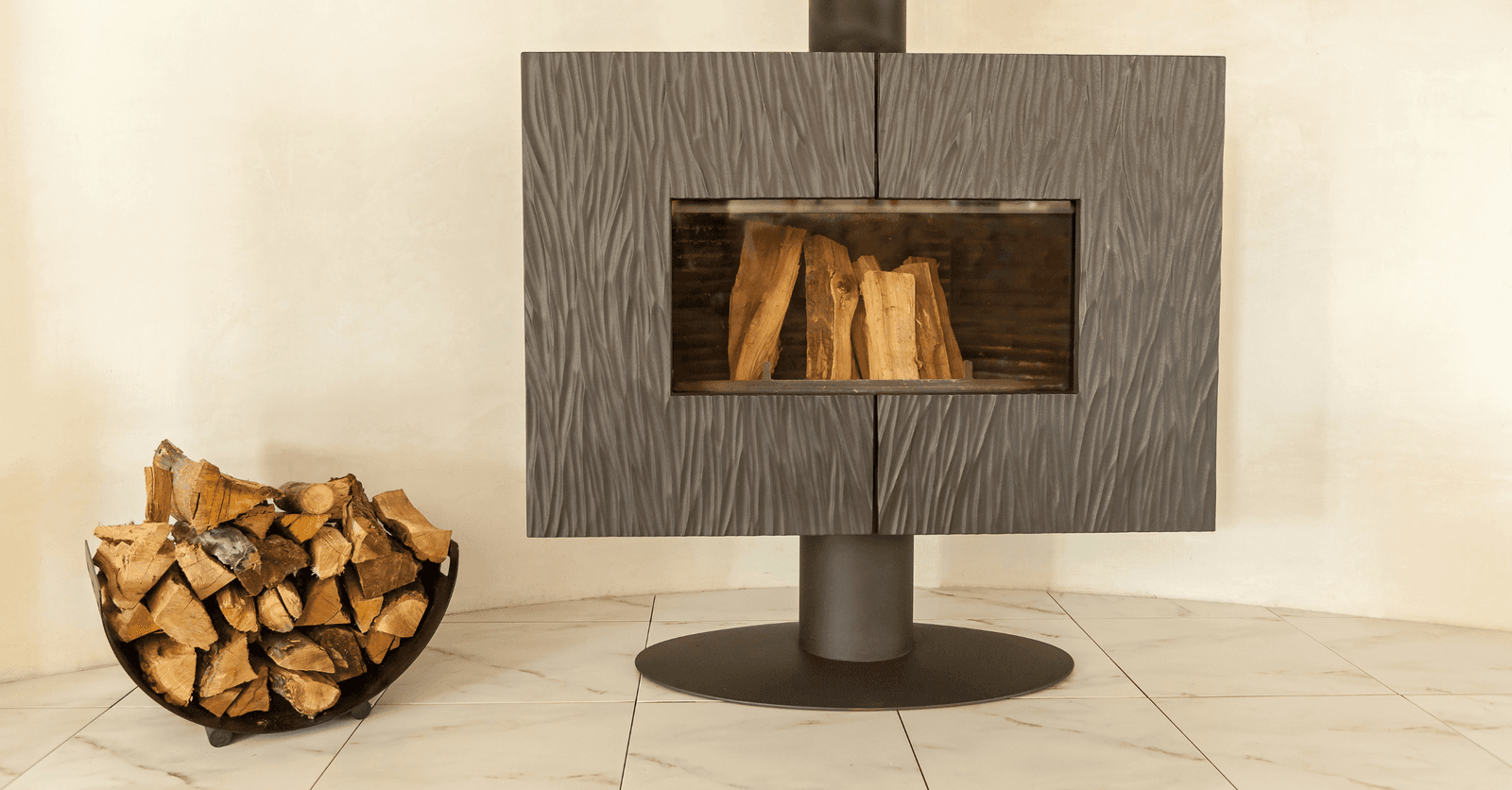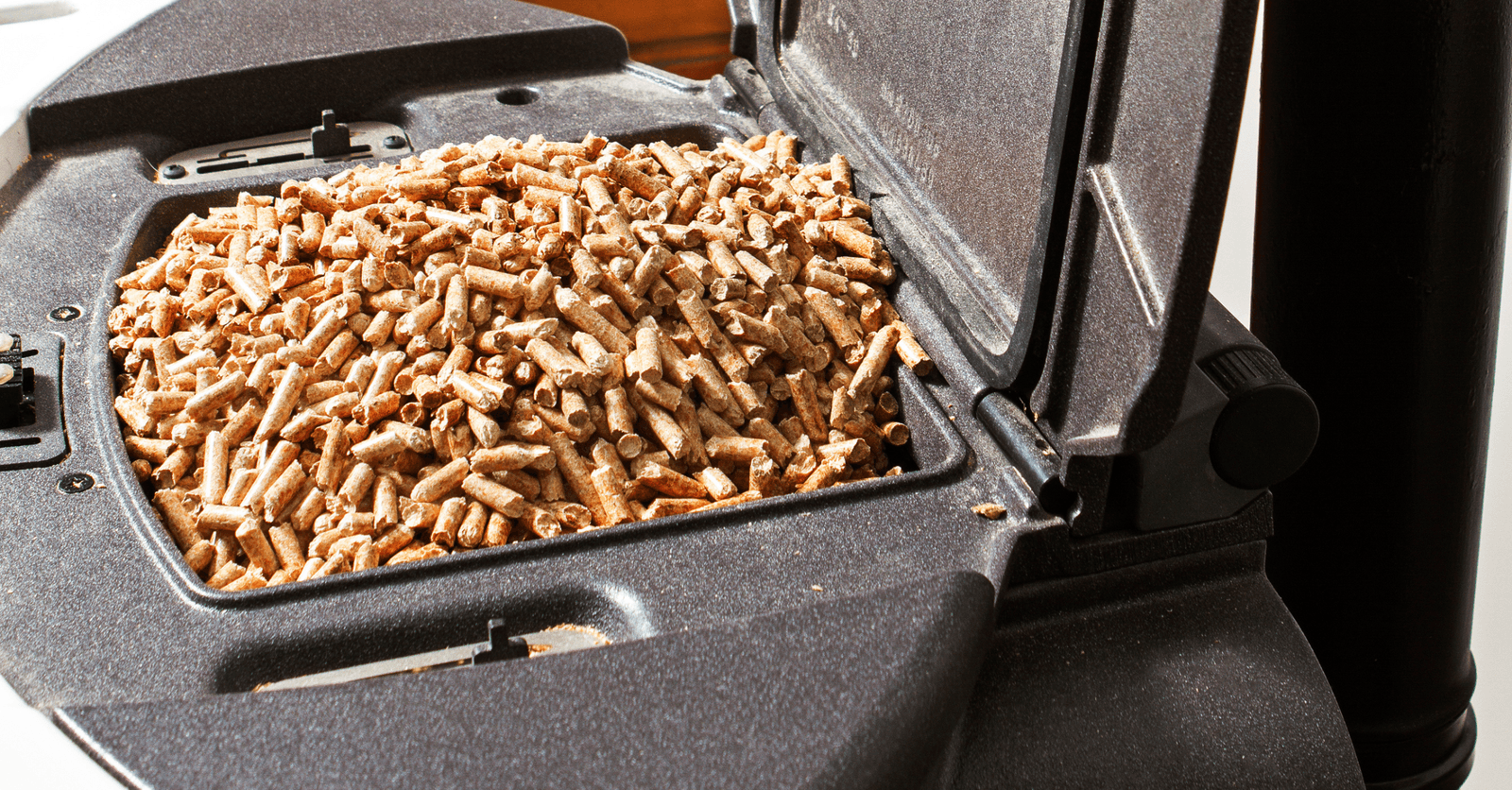Electricity-Free Ways to Heat Your House
By Editorial Team
Updated on November 7, 2023

There are many reasons why you might want to consider using methods other than heat pumps, baseboard heaters, or electric furnaces to warm up your home: winter’s afoot and you're already dreading the fact that your Hydro bills are going to skyrocket; your home has a number of back rooms that aren't properly heated by a central heating system; you live in an area that’s prone to power outages, high winds, and freezing rain. Perhaps the time has come to change your heating appliances and you still haven't decided on what type of system to replace them with, or you'd simply like to embrace an eco-friendly, energy-self-sufficient lifestyle…
Bottom line, we could go on and on with this list, but instead, let's fast forward to the highlights of this article to outline the electricity-free heating options you have.
To maintain a comfortable living environment and limit material damage throughout the winter months, you should make use of a heating system. In this part of the country, the systems used are made up of a heat-producing element (boiler, water tank, etc.) and a heat distribution method (baseboard heaters, traps, etc.). Some systems combine both functions, that is, they create and disperse heat, such as electric baseboard heaters and residential masonry heaters.
In case you're wondering about the best method to implement, consider calling in a professional such as a heating engineer, who’ll be able to advise you according to your habits, municipal regulations, available subsidies, as well as according to the type of house you live in.
Electricity-Free Heating Options

Source: Canva
Here are the 2 categories of electricity-free possibilities:
Wood & biomass;
Fossil fuel energies.
For each of these, you can choose between:
Stove or fireplace;
Furnace;
Boiler (condensing, standard, fuel oil).
Note: There are other methods that are more suited to temporary heat generation, such as portable butane or propane gas radiant space heaters. Use with caution in case of emergencies!
Biomass or Fossil Fuel Energy?
First of all, it’s important to consider where these energy sources actually come from.
In Canada, biomass is the second most popular source of renewable energy. It's obtained from non-fossilized organic matter (straw, wood residue, animal excrement, vegetable or household waste, and so on).
These substances are burned and can be purchased in various states: liquid (e.g. bioethanol), solid (e.g. wood chips and pellets), and gaseous (e.g. biomethane, which isn't made available to the general public).
As for fossil fuels, they’re considered non-renewable, similar to nuclear energy, as their sources take far too long to regenerate or simply fail to renew naturally.
This energy source also derives from plant and marine organisms, although they've been fossilized for millions of years. Over time, temperature and other factors dictated by Mother Nature turn these elements into oil, natural gas, or coal.
The main differences between biomass and fossil fuels lie in the amount of time it takes to generate, and whether or not they’re renewable at all. Whether you choose to purchase one or the other is entirely up to you, although regulations may limit your options as detailed below.
Using a Stove or Fireplace to Heat a Home Electricity-Free
Some stoves and fireplaces on the market can run independently, with no power supply. They rely on radiation or convection.
Radiation involves the use of invisible infrared wavelengths designed to heat objects and walls surrounding a heating system, while neither directly warming nor drying out the air. This method creates a more comfortable indoor setting, and the warmth is effectively diffused in all directions.
On the other hand, convection is a method of heat transfer that results in airflow. The substance is heated, it then expands, decreases in density, and rises. The heat generated is then cooled by its surroundings, shrinks, regains its density, and drops back down again.
Fireplaces & Masonry Heaters
These models are often fixed, located in a strategic area of the home, with a heavy casing to maximize thermal storage properties (bricks, stones, cement, or refractory castables).
They’re named as such because their mass, which is a result of high temperature-resistant materials, is the primage thermal storage. Additionally, the resulting smoke from the combustion process will be channelled towards the chimney, which will also be warmed up, and will help evenly release energy.
As such, heat is released by radiation and needs to be run all day to ensure peak performance value. However, if your installation is EPA-certified, only one fire feed is necessary for 24-hour comfort. That way, you'll save on fuel and reduce your environmental impact. Note that an open-concept layout will benefit from better heat distribution.
Masonry heaters are expensive and bulky, however, they're super effective and add a bit of flair and value to your home. Although, installing masonry heaters from scratch is a complex task and requires some careful planning prior to construction, so bear in mind that it'll bump your initial budget by at least $20,000.
Wood-Burning Stoves
This type of heating system releases heat by convection (by means of the panels along its outer edge) and then by radiation. Installation is rather simple, even the chimney, and is suitable for renovations or system upgrades. The system’s efficiency depends entirely on the quality of the fuel used. However, these units are well suited to warm up smaller spaces in a home, especially if the house has several storeys. In this case, consider combining it with another heating method, or installing more than one unit.
Wood-burning stoves are manufactured in varying sizes and shapes and cost between $600 to $2,000 depending on the power required. Depending on the size of the stove, the price can go up to $2,000 if you don't have a chimney. All surrounding materials, such as the walls, must be fireproofed if they aren't already.
Furnaces & Boilers
In Quebec, there's now a ban on installing oil-fired furnaces in newly built homes. Gas furnaces will also be prohibited by the summer of 2023. These furnaces don't meet environmental standards at all.
Natural gas condensing boilers are more effective and discreet, and overall less harmful to the environment. To maximize their efficiency, they have to be connected to a hot water supply. However, the drawbacks of this type of boiler (fires, fumes, maintenance, etc.) don't necessarily translate into making it a preferred choice.
Therefore, it's best to opt for an EPA-approved model that runs on wood (logs or pellets). Note that a wood pellet boiler uses a dual energy source, meaning it also requires electricity.
If you need to change your old furnace or want to get rid of it, the departments of energy and natural resources offer a number of subsidies to help alleviate the financial burden of such a change. Also, check with your municipality regarding other possible options and subsidies.
Fueling an Electricity-Free Heating System with Wood

Source: Canva
Fuel: Logs
Standard logs have a sought-after density that allows for good wood-burning ability. To limit particle emissions and prolong their lifespan, the logs have to be dry and dense.
For heating purposes, favour logs from local and specialized cutting services. And above all, don't use treated wood! Your lungs and ozone layer will thank you.
Also, don't be too quick to jump to conclusions whenever you see a log with an eco-friendly label. While most brands do emit fewer pollutants, their manufacturing process negates these benefits. Keep to a very limited use.
Fuel: Pellets
These small, cylindrical bits of wood, about the same size as the tip of your pinky finger, are made of compressed sawdust and emit fewer articles than logs.
You can easily find a 40-pound bag in any home hardware store like Réno-Dépôt or Canadian Tire for anywhere between $6 to $20. Consider buying in bulk from a supplier if you plan on using a lot over an extended period of time.
Again, look at where your wood pellets are from; it isn't a carbon-neutral or eco-friendly approach if the pellets are shipped from thousands of miles away using diesel fuel transportation.
Few Tips to Keep You Warm
Adequate wall, window, and door insulation;
Thick, thermal insulated curtains;
Floorings such as carpets and heated floors;
Allow sunlight in during the day;
Shut doors to unoccupied rooms;
Open windows now and again to let the humidity out;
Build a passive solar home.
Get 3 renovation quotes for your heating project
RenoQuotes.com can help you get quotes for your heating project. If you submit your project to us, we’ll put you in contact with top-rated contractors. Fill in the form on the homepage (it only takes a few minutes), and you will get estimates from trusted professionals.
Dial 1-844 828-1588 to speak with one of our customer service representatives.
Looking for something else?
Related articles
The latest industry news, interviews, technologies, and resources.

Editorial Team
•07 Nov 2023
Are you considering renovating your kitchen this year? With all the available material and decor options, at first, it can be difficult to navigate. To offer some inspiration for this large-scale project, take a look at the kitchen decor trends that are sure to steal the show in 2021!

Editorial Team
•15 Nov 2024
In Quebec, each year we live through a very hot summer and an extremely cold winter. These two realities mean that in this beautiful province, heating and air conditioning aren’t to be taken lightly. And for good reason: Your survival kind of depends on it!

Léa Plourde-Archer
•28 Aug 2024
Cherrywood, also known as yellow birch, is a light wood species known to be uniform in terms of tone, without being completely homogeneous. Its colour varies from pale white to dark brown and has more golden hues than oak or maple, for example.

Editorial Team
•11 Nov 2024
Although wood as a material is very durable, it still requires tender love and care to maintain its condition. For this reason, if you have a large amount of wood in your home, it would be important for you to understand how to care for it. More specifically, if the structural elements of your home are made from wood, then it will need regular upkeep in order to stay in shape.

Léa Plourde-Archer
•16 Jun 2025
Homeowners typically commission or carry out their home’s interior and exterior paintwork every four to five years—it all hinges on the humidity level, UV ray exposure (paint fades/discolours), and the house’s layout. Paintwork is one of the best ways of keeping a home looking fresh and aesthetically pleasing.